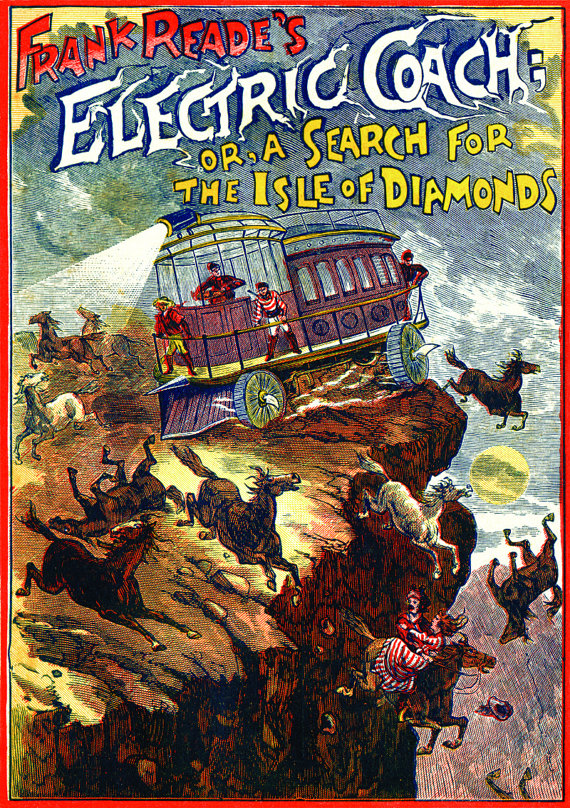That's Diana Vreeland above, the editor of Harper's Bazaar and Vogue in their peak years from 1936 to 1944 when those magazines were undergoing a Golden Age. Theory Corner owes a lot to her influence, although I almost never read her magazines, and I only discovered her name a couple of weeks ago.
My connection with her comes from the magazine editors she might have influenced, and who in turn influenced me: Harold Hayes (Esquire), Hugh Hefner (Playboy) and Harvey Kurtzman (Mad).
I discovered Vreeland while researching Horst, the photographer. Horst credits Vreeland and Alexey Brodovitch with introducing Surrealism (above) to American women's magazines.
She had a vision that fashion photography could be elegant and lighthearted at the same time.
She favored models (above) with personality.
She also had a taste for the mystical and eerie, as in this photo (above) by Cecil Beaton. It reminds me of the female vampires in the film, "Dracula."
Her photo essays frequently told a story, or rather they suggested a possible story which the reader was invited to construct. Her dramatic models were often thoughtful and in the throws of moral choice. The photo above is by Dahl-Wolfe.
Most impressive, in my opinion, was how she inspired the great photographers she worked with. The examples above and below are from a photo shoot she commissioned, where the models were to pose in furs in far away Japan. For any other fashion magazine that would be a simple matter of photographing models in front of temples. Not so for Vreeland. She wanted more.
Vreeland wanted an indescribable fantasy that exceeded what was possible in the real world. To underline the unreality of it, she chose models who were incredibly tall and lean and, in the case of the man, philosophical. The shoot took place on a plain field of snow-covered black volcanic pebbles...no temples, no cherry trees.
I'm guessing that this approach influenced Hugh Hefner whose fantasies were equally audacious and unreal.

This is a room in Vreeland's apartment. Haw! I wonder what her husband thought of it. It's right out of her outrageous "Why Don't You...?" column in the 30s Harper's Bazaar.
I'll end with the unlikely story of how Vreeland got the job at Harpers. After all, she was an indifferent student in high school, she never went to college, she had no experience in publishing, and she was considered plain-looking by her friends and family.
She got it because she had the good fortune to social dance at a night spot where Harper's editor Carmel Snow was in attendance. Snow was the rare executive who realized that her business was operating far beneath its potential and needed fresh blood. In Vreeland, a total stranger up to then, she saw someone who was passionate, theatrical, charismatic, poised, well-dressed, danced well, etc., etc.
Snow offered Vreeland the job of fashion editor the very next day on the condition that Vreeland work her way up through the ranks, albeit on a fast track. The rest was history.
Interesting, eh?
BTW: There's some nice books about Vreeland, but the one essential thing to see is the documentary film: "Diana Vreeland: The Eye Has to Travel."

























































